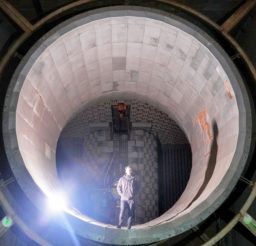Abandoned London: Disused Tunnels of Piccadilly Circus
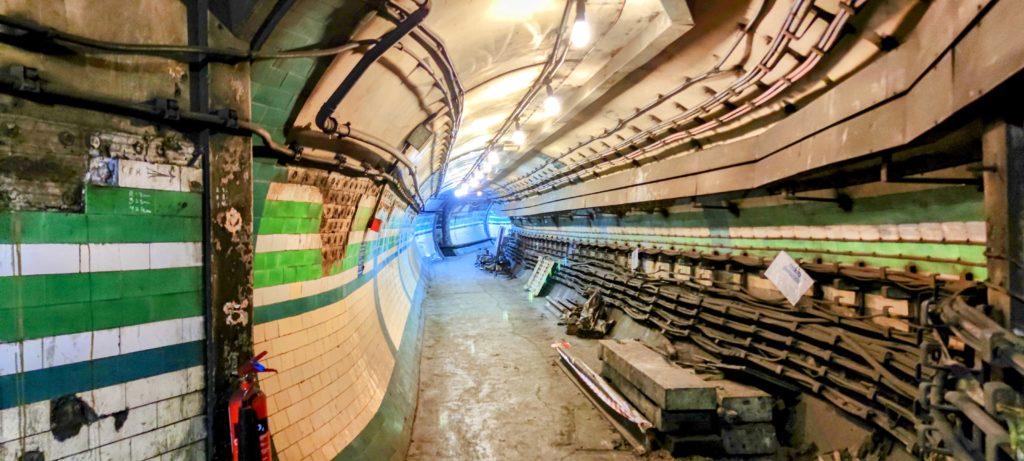
The original Piccadilly Circus Tube Station was designed by Leslie Green (think dark red tiles and arched windows) and opened in 1906. It had 8 lifts, a surface-level ticket office and served both the Bakerloo and Piccadilly lines. Being in the heart of London, by 1922 the station was running at capacity, with 18 million people using it every year.
Upgrading Piccadilly Circus Tube Station
With such high passenger numbers it was decided to remodel the station, with an underground ticket office and connecting subways. Work began on the newly-designed station in 1925. Designed by Charles Holden, the drastic redesign of this flagship station was not an easy job. Piccadilly Circus was (and still is) notoriously busy- both above and below ground. To gain access to the the subsurface station, the statue of Eros that stands at the heart of Piccadilly Circus junction was moved to make way for a 28 metre (92 feet) deep shaft down to the station, which was just 5.5 metres (18 feet) wide. This was the only access for machinery and building materials during the station update, and allowed traffic to keep flowing for the duration of the works.
The old station was kept open and operational during the building of the update. Most of the work was done during the night, and it took 150 men 4 years to complete the work. A lot of planning went into the design and construction, with a full-sized plywood replica built at Earls Court Exhibition Centre to fine-tune the design and layout in order to optimise the efficiency of passenger journeys. The cutaway map below shows how extensive the new station was.

The upgrade to this flagship station was opened in December 1928 by the Mayor of Westminster. The grand subterranean labyrinth included a large booking hall with display cabinets for shops to entice passengers as they made their way through the walkways. Travertine marble was used throughout the art deco station, which became one of the few London Underground stations to have no buildings above ground. New escalators in the station helped to speed up passenger flow, allowing the new station to cope with millions more passengers. The total remodelling of Piccadilly Circus Station left behind many tunnels which which were no longer needed, which were hidden behind closed doors when the original station was closed to the public on 1929.
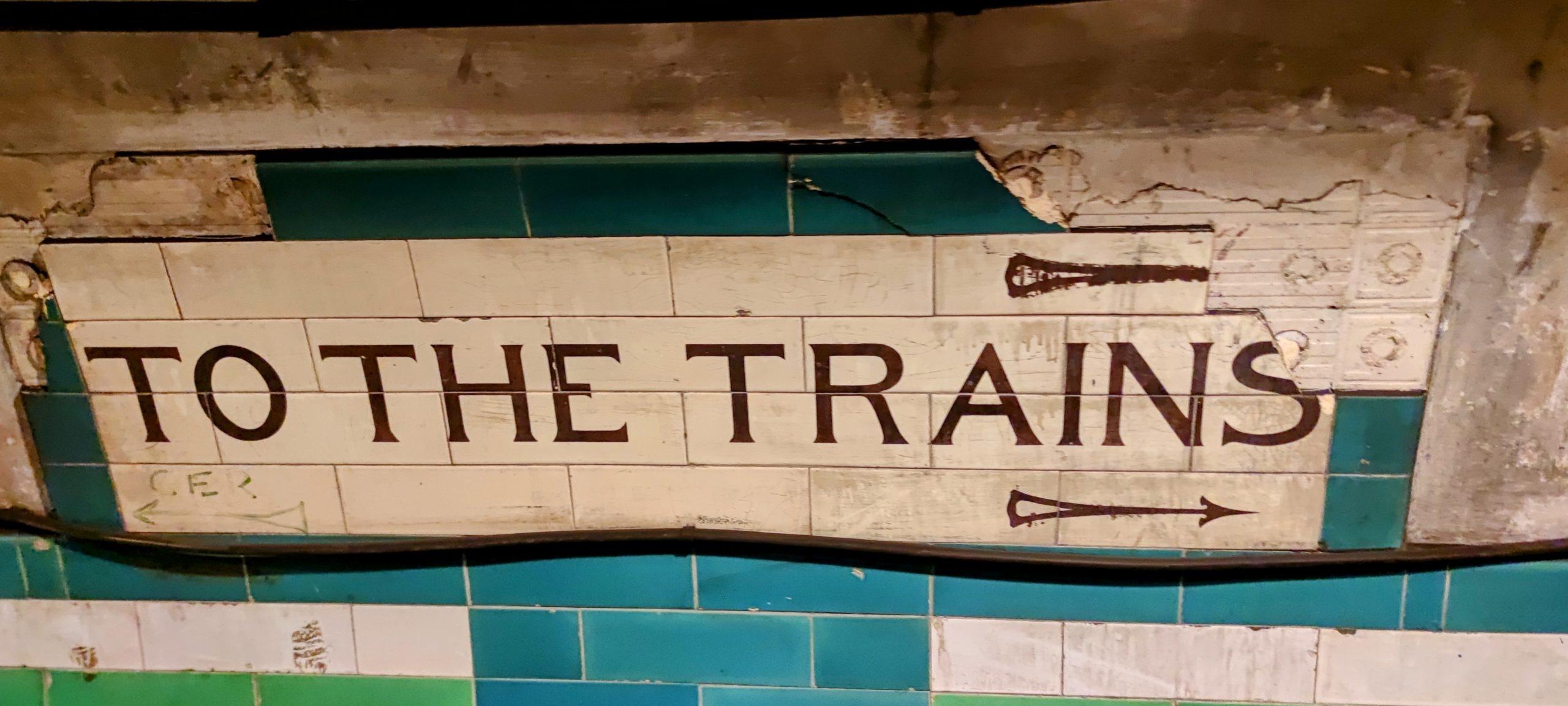
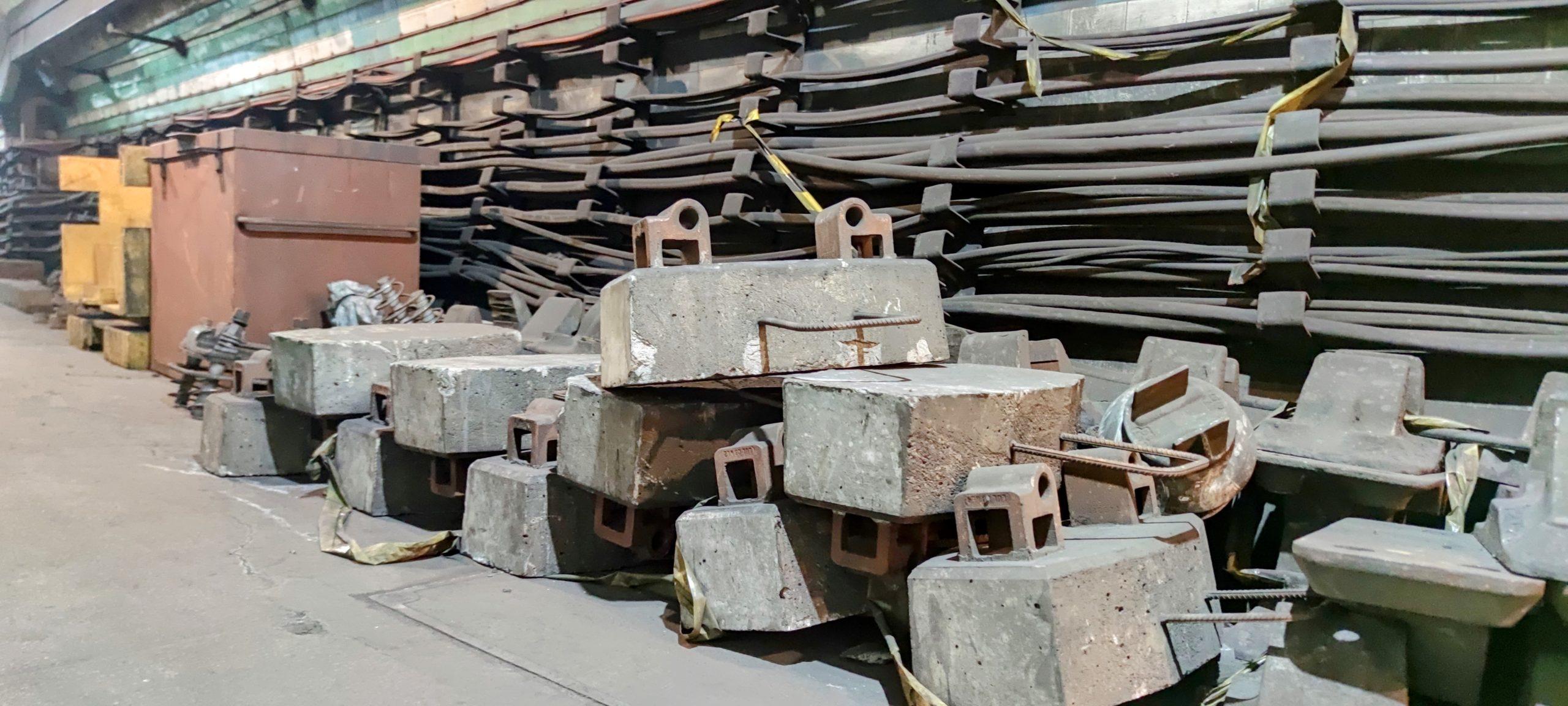


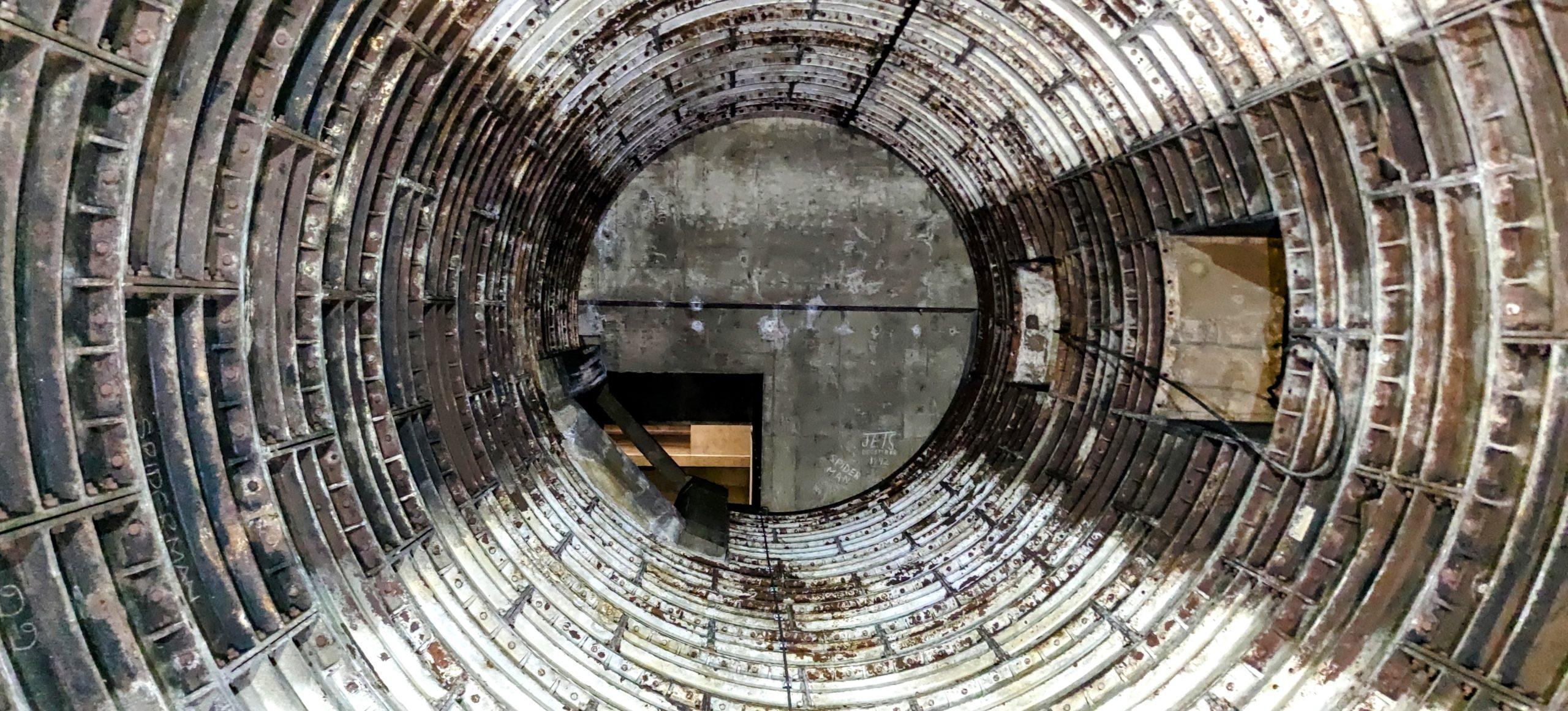
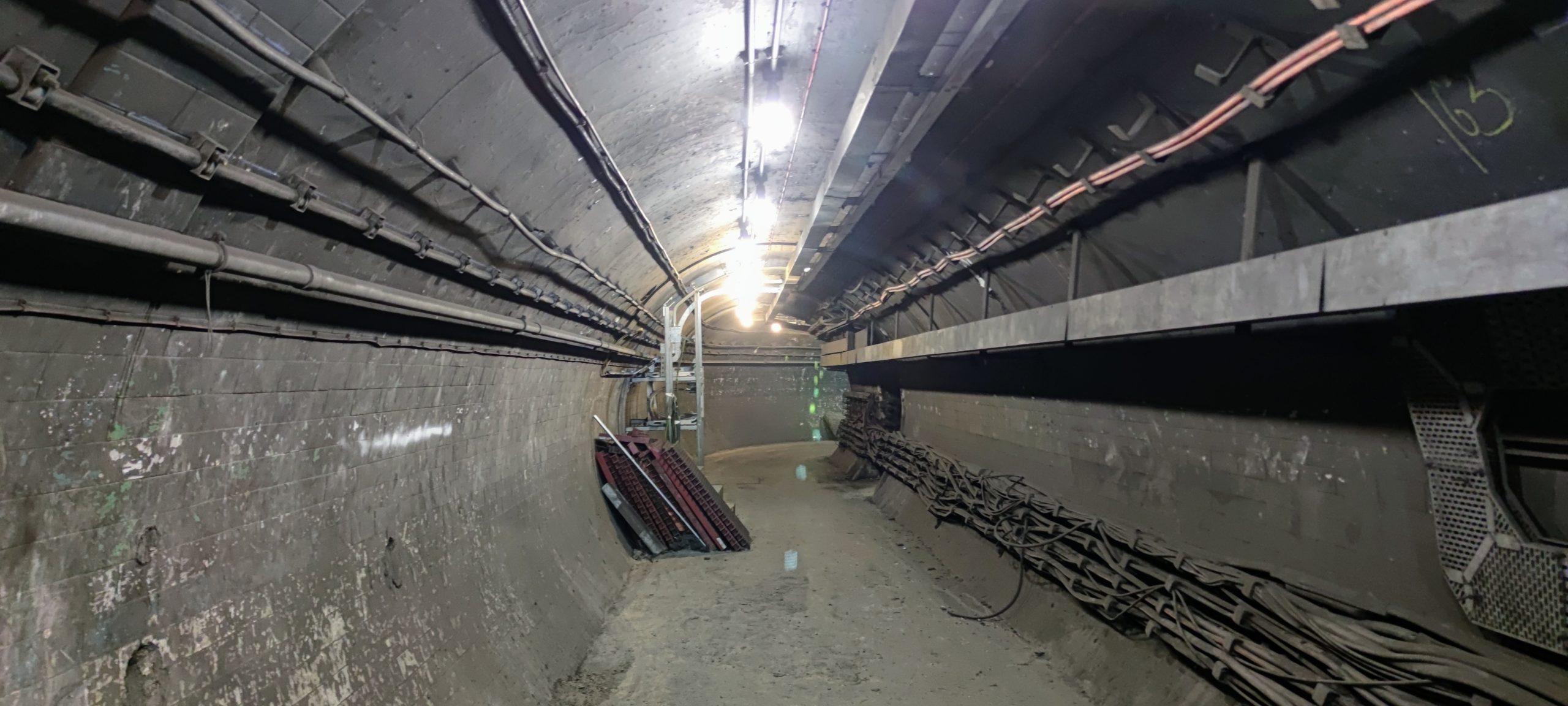
Piccadilly Circus Station in WWII
Like many tube stations (including Aldywych and Down Street), Piccadilly Circus’ underground spaces proved very useful after the outbreak of World War Two. During German air raids, many people chose the relative safety of the subterranean tunnels provided by Tube Stations. At first the London Underground network banned people from sheltering. However ,with their lives on the line, people didn’t take no for an answer and used the Underground to shelter anyway. With this in mind, London Underground bosses conceded and allowed people to shelter, with planning for maximum numbers.
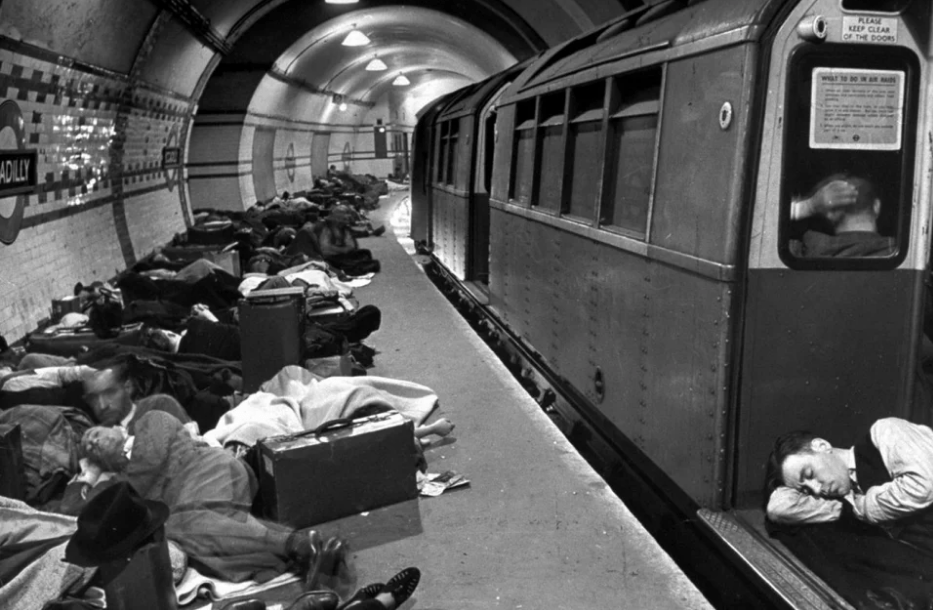
During the Blitz up to 7000 people at a time sheltered in Piccadilly Circus Station. With space at a premium, competition was high- people even slept on the escalators. People were allowed to access the station at 4 O’clock and stayed there for up to 18 hours a day. Lying 31 metres below ground the station offered a good level of protection from German bombs. Sometimes a train was pulled into the station platform to provide further sleeping space.
Some people, known as “droppers” would leave belongings in the station ahead of the permitted access time to reserve their spot- this activity was frowned upon by many. Just 5% of those sheltering in Piccadilly Circus lived in central London, with the remaining 95% coming in from the suburbs.
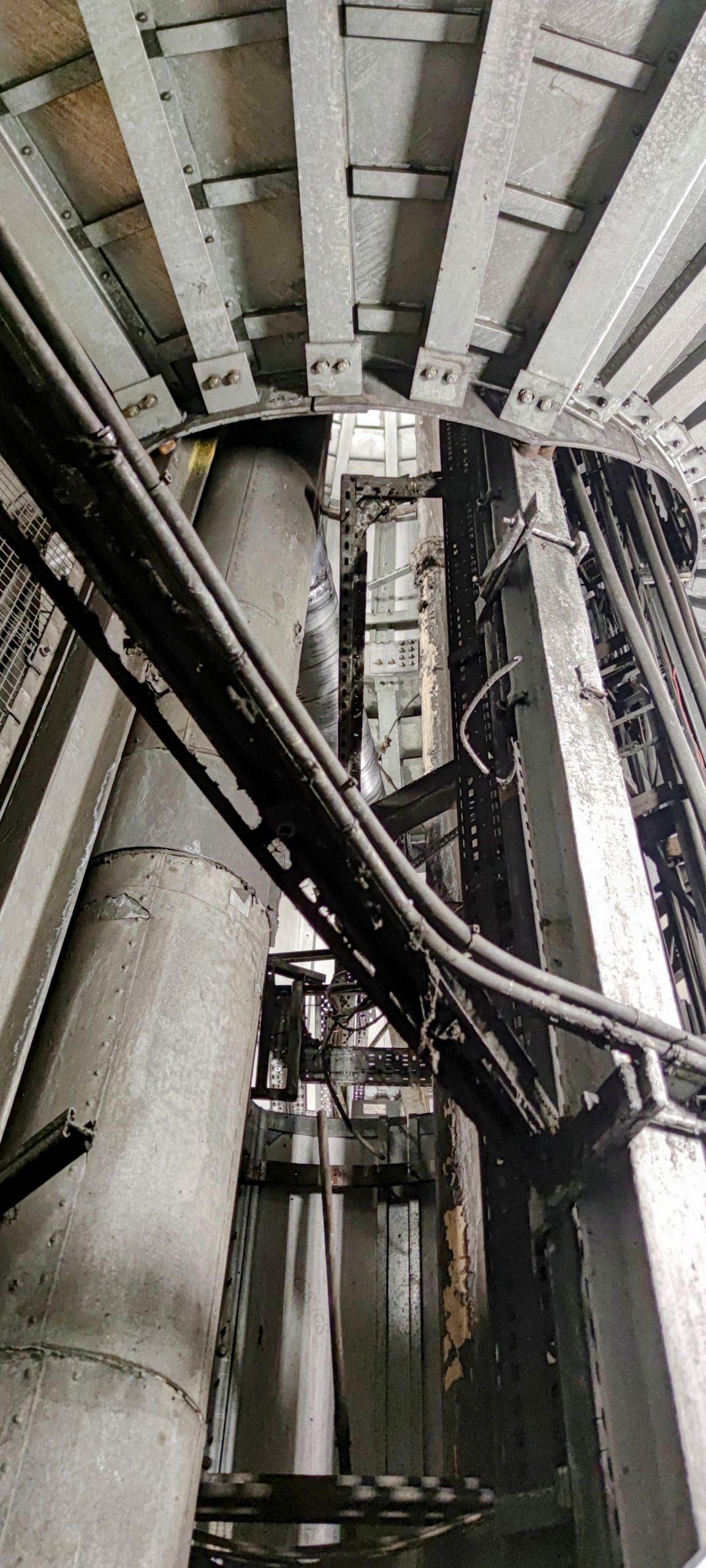
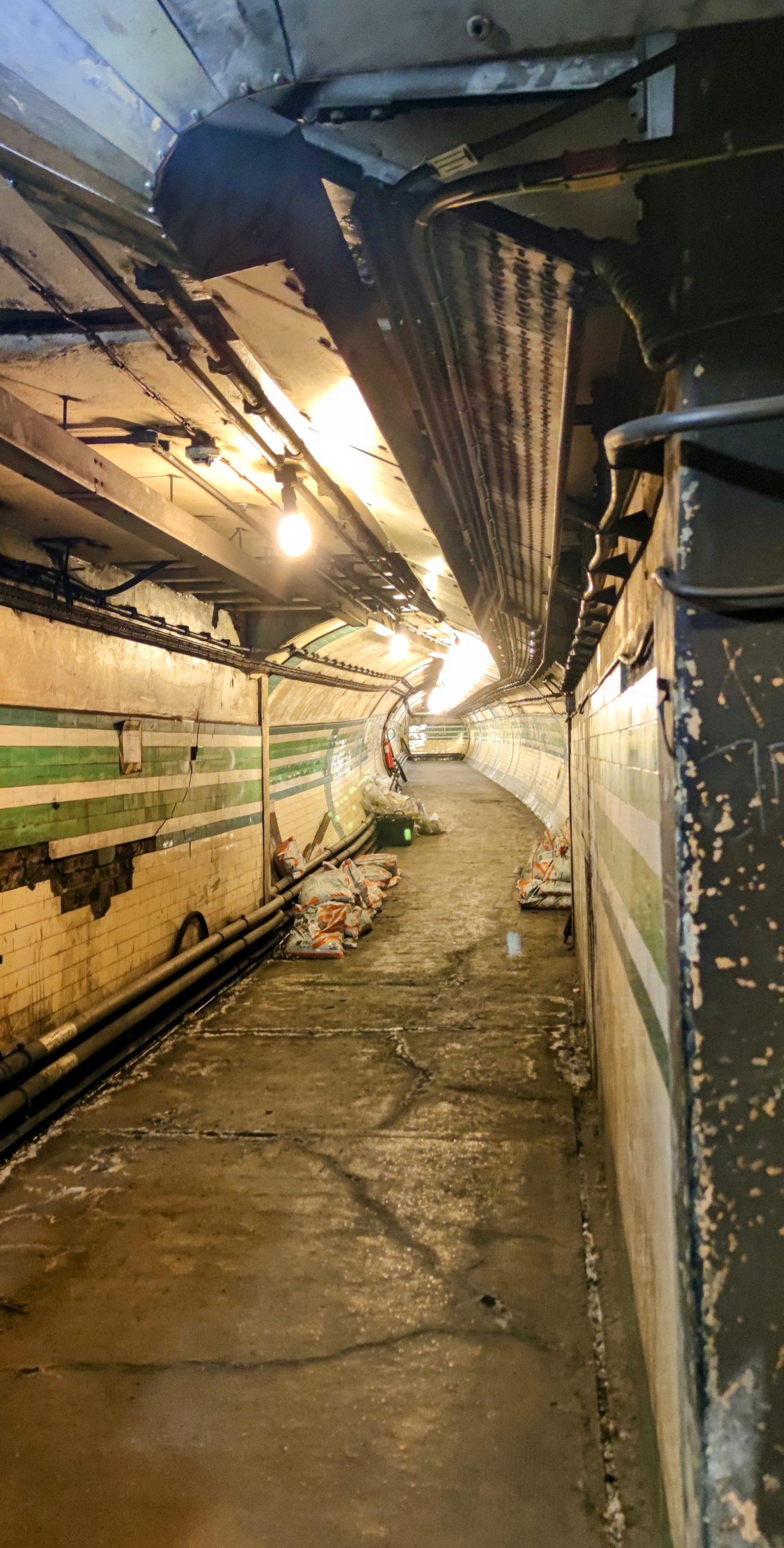
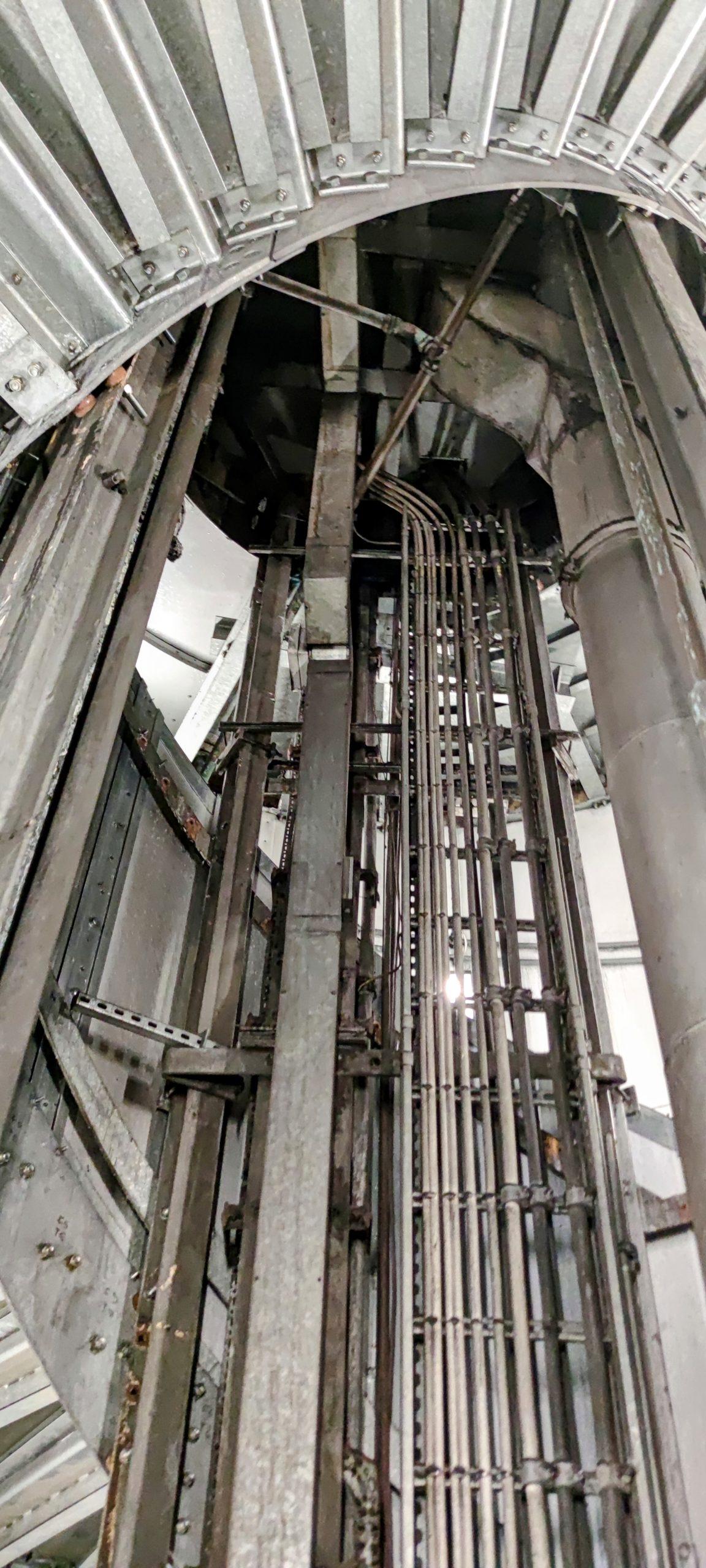
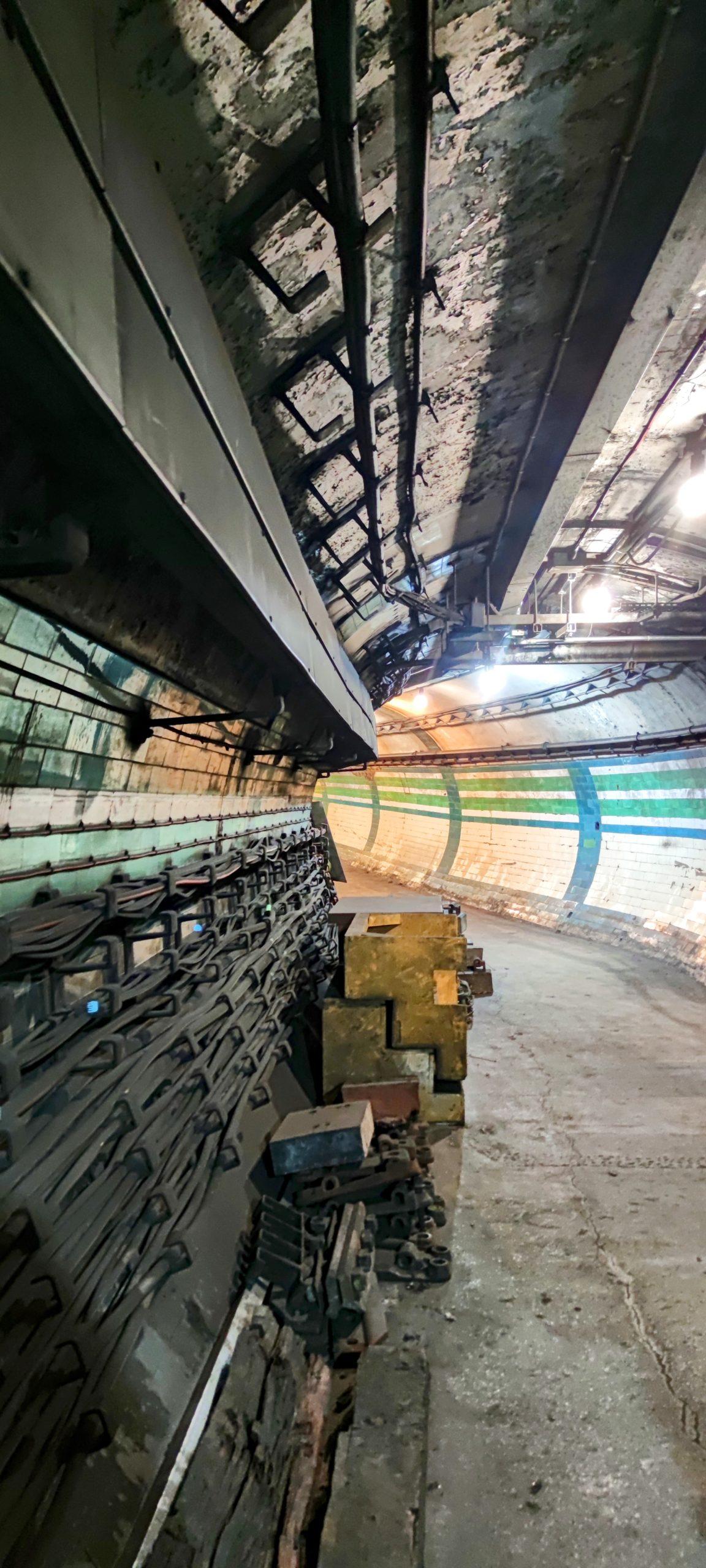
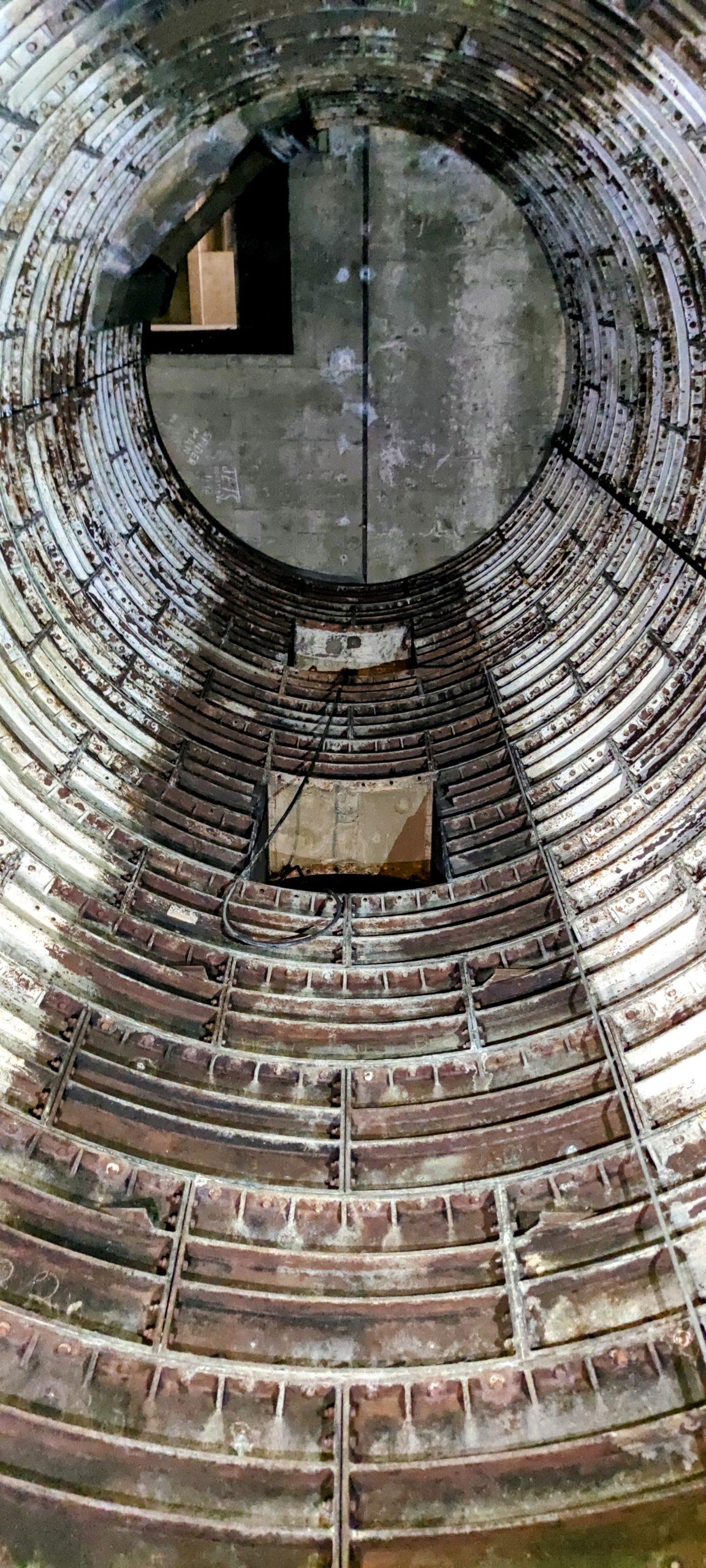
As war waged on, provisions in the station were improved. In November 1940 twenty-four chemical toilets were added, which were basically just a bucket with some disinfectant solution. These often overflowed and with no flow of fresh air it was said that the “stench was unbearable.” Later in the war provisions were further upgraded with a compressed air hopper installed to push waste up to the sewage system from the below-ground toilets. Trains known as “Tube Refreshment Specials” were used to bring in comfort food both in the evening and morning to those sheltering in the station.
Some of the many tunnels were even used as a secret storage space for artwork from the London Museum and Tate Gallery. Once again the connectivity of the station was beneficial, with art being brought into the station on trains.
Piccadilly Circus Underground Station Today
Today around 40 million passengers a year use Piccadilly Circus Tube Station, with few aware of the secrets that lie hidden behind closed doors. The disused tunnels and original features that remain as a time capsule can be accessed by booking on to a tour offered by Hidden London, part of the London Transport Museum. Though the tour is quite expensive, passing through the bustling crowds and through a locked door to the secret disused areas of the station make for an exciting visit to the hidden parts of this famous tube station. The disused tunnels have a fascinating history, and the fact that they are no longer used by the general public mean they are well preserved, offering an unique insight to this station’s past.
If you’re just passing through the station, there’s still plenty of interesting features to look out for without booking onto a tour. Passing through the “beating heart of London,” you can admire the grand station design and marbled walls. There is also a large memorial to Frank Pick, the man behind many of the Underground’s designs, including its roundel logo and typeface. Frank Pick transformed the London Underground in the 1930s, standardising design across the network. Another publicly viewable feature is the World Time Linear Clock. This clock was built in 1925 and designed by Charles Holden, the designer of the Piccadilly Station upgrade. The unique clock features a continuously moving time band which moves at the same rate of the Earth’s rotation, showing the current time across the globe.
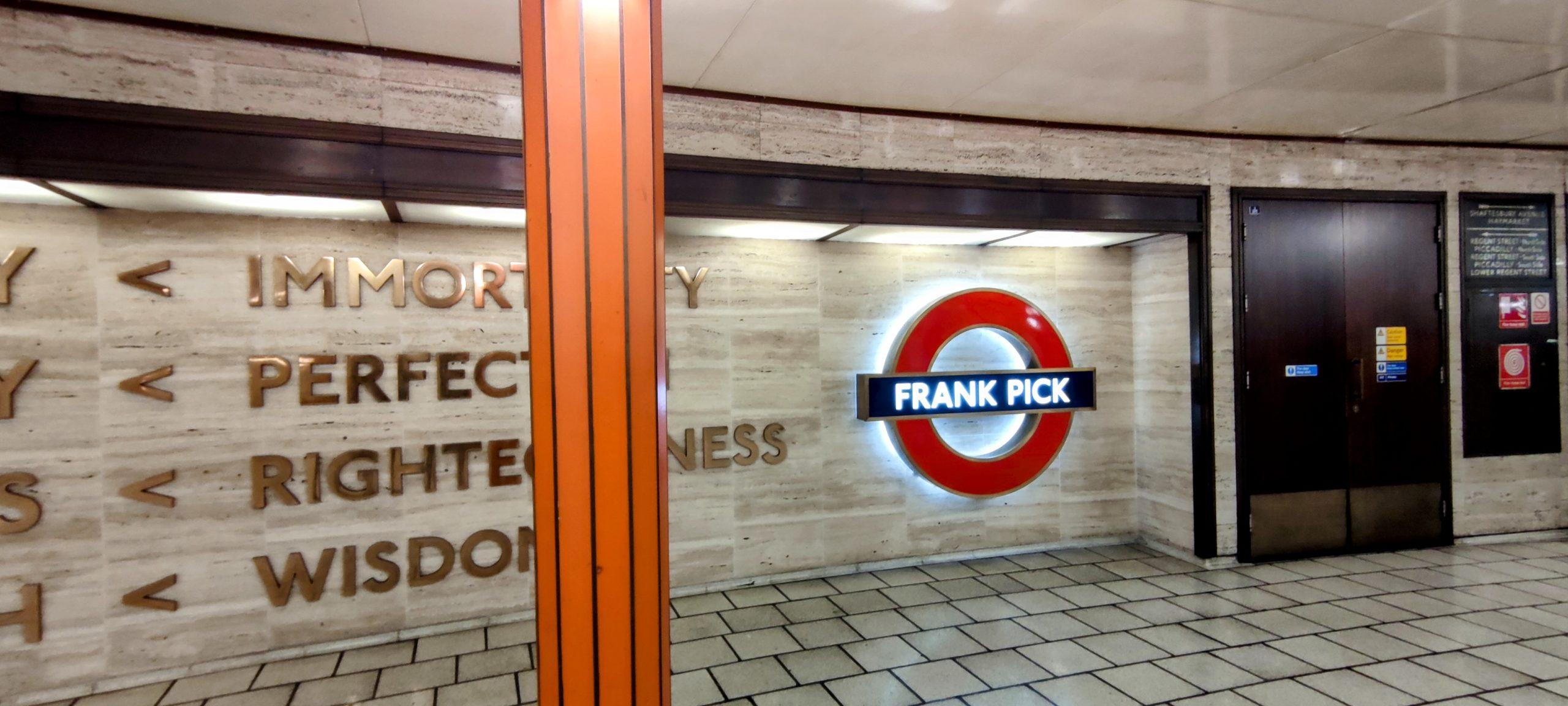
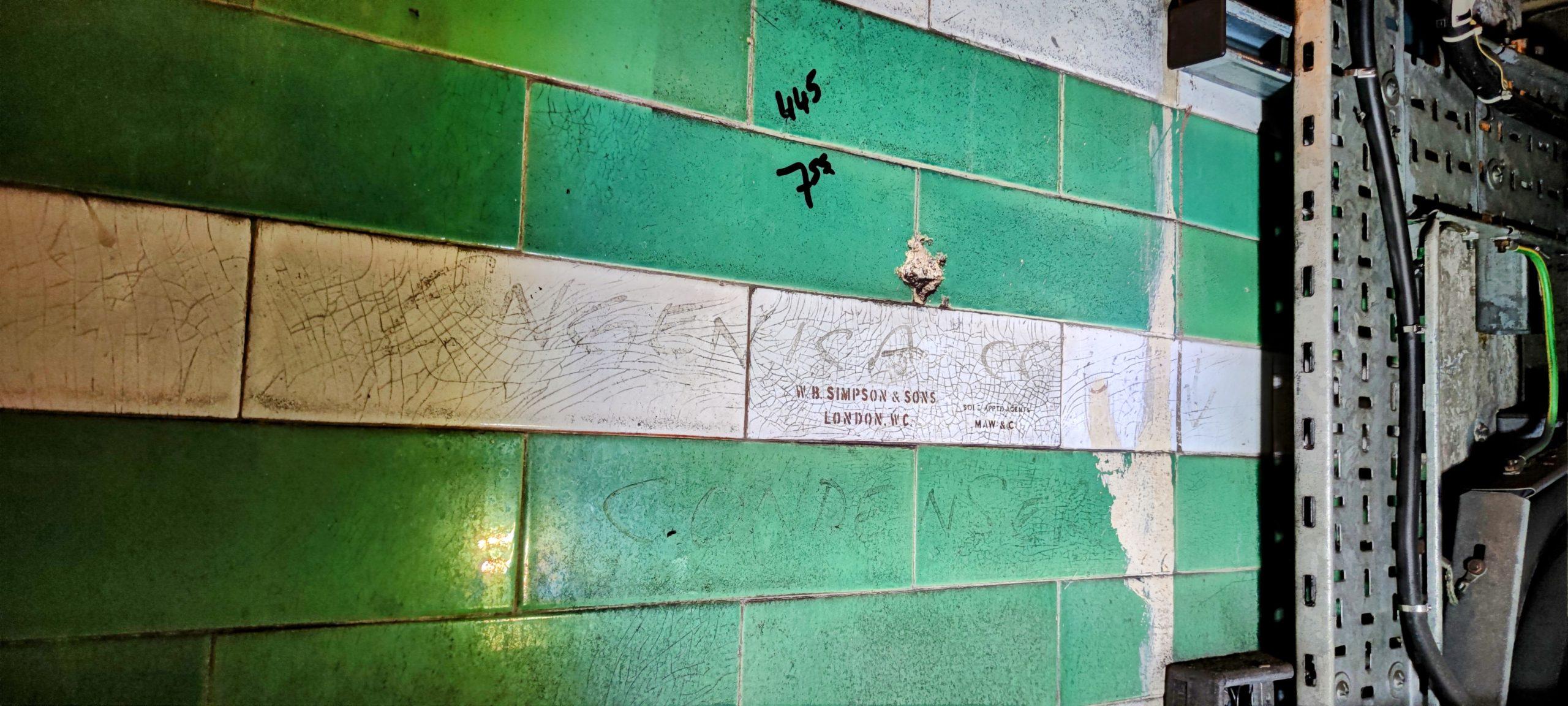
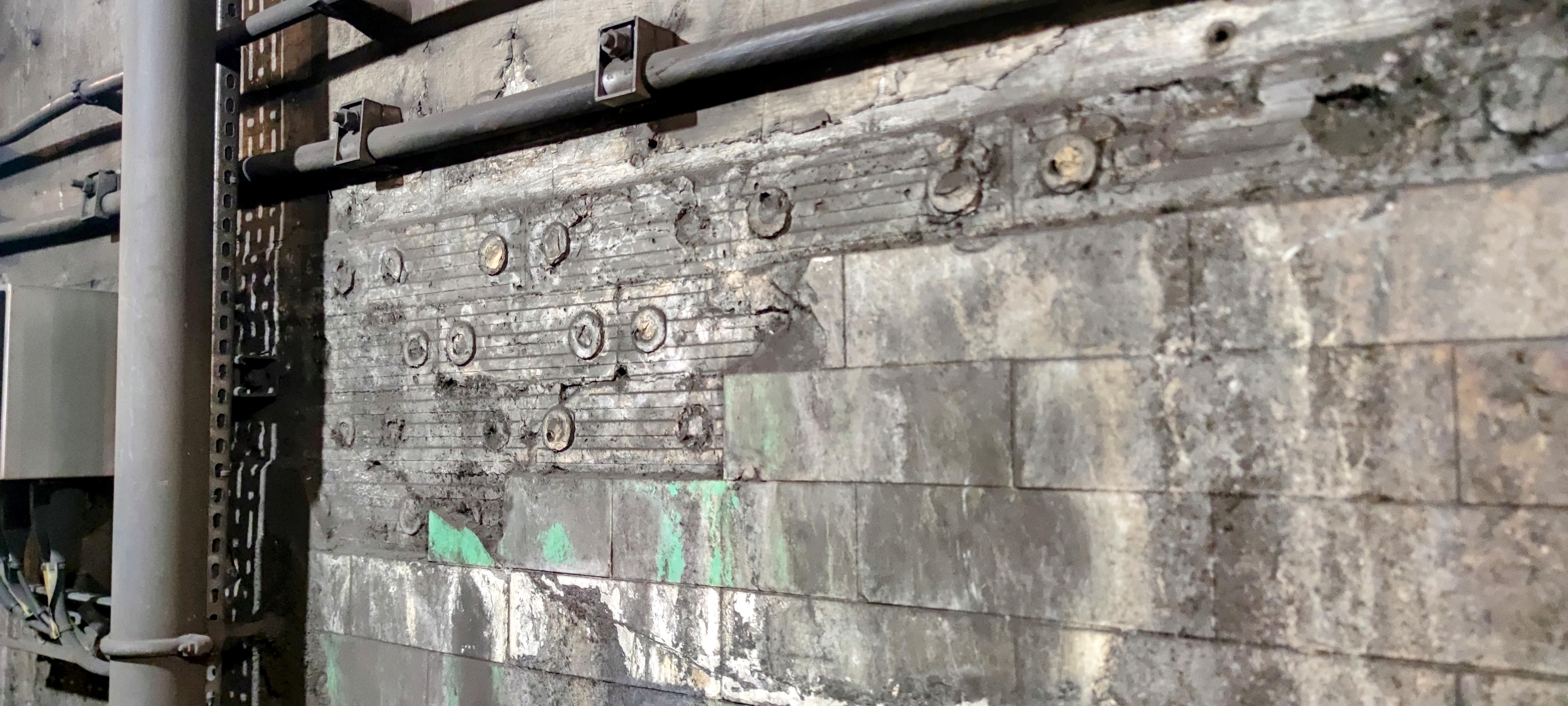
Last Updated on 22 October 2024 by Michael

